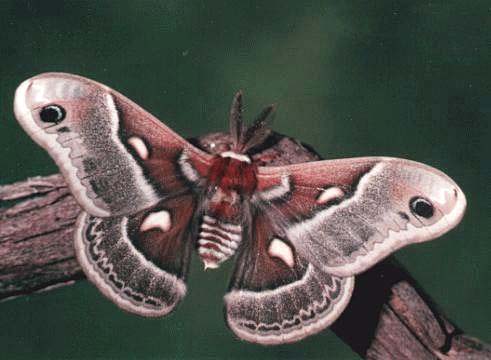
 |
|
To my great surprise I took a wild female at lights in Pennfield, New Brunswick, on July 14. I did not expect to see columbia flying so late in the season.
 | Cocoons of this species are usually available in the fall. Click onLIVESTOCK to see a price list. |
SILKMOTHSActias lunaAntheraea polyphemusHyalophora cecropiaHyalophora columbia |